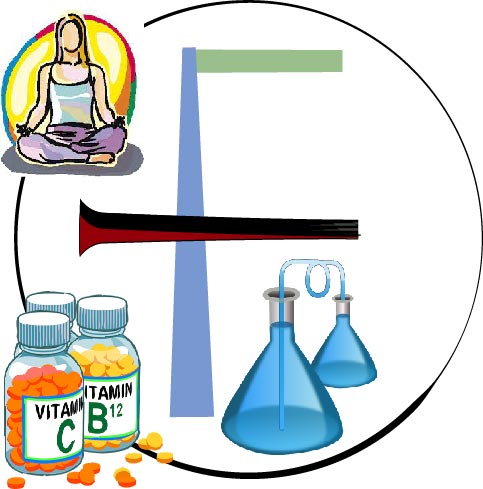Solubility is refers to ability of a substance (the solute) to dissolve in a solvent, forming a homogeneous solution at a specific temperature and pressure. It is a key concept in chemistry and various applications, including pharmaceuticals, where it affects the bioavailability of drugs.
pharmacopoeia criteria as BP and USP

Pharmacopia BP and USP
key points solubility:
Factors Affecting Solubility:
– Nature of Solvent and Solute: Polar solvents (like water) dissolve polar solutes, and non-polar solvents (like hexane) dissolve non-polar solutes.
– Temperature: Generally, solubility of solids in liquids increases with temperature, while solubility of gases in liquids decreases with temperature.
– Pressure: Affects the solubility of gases significantly. Higher pressure increases gas solubility in liquids.
– pH: For some solutes, especially weak acids and bases, the solubility can depend on the pH of the solvent.
Applications:
– Pharmaceuticals: Solubility determines the rate at which a drug dissolves, impacting its absorption and bioavailability. Techniques like salt formation, use of solubilizing agents, and formulation of nano-sized particles are employed to improve solubility.
– Food Industry: Solubility affects the texture, flavor, and shelf-life of food products. For example, the solubility of sugars and salts is crucial in food formulation.
– Environmental Science: Solubility of pollutants in water bodies affects their distribution, toxicity, and remediation strategies.
Measurement:
– Quantitative: Solubility is often expressed in terms of concentration (e.g., grams per liter, moles per liter).
– Qualitative: Terms like “soluble,” “insoluble,” “sparingly soluble” are used to describe solubility qualitatively.
Understanding solubility is crucial for fields ranging from drug development to environmental science, making it an essential concept in both theoretical and applied sciences.
More about solubility
Solubility is a fundamental concept in chemistry and other scientific disciplines, describing the ability of a solute to dissolve in a solvent, forming a homogeneous solution. It is a key property that influences various natural and industrial processes, from the formulation of pharmaceuticals to environmental management.
Factors Affecting Solubility
Understanding the factors that affect solubility is crucial for manipulating and optimizing it for different applications.
Nature of Solute and Solvent:
– Polarity: Polar solvents, like water, dissolve polar solutes, while non-polar solvents, like hexane, dissolve non-polar solutes. This principle is often summarized as “like dissolves like.”
– Chemical Structure: The presence of functional groups, molecular size, and intermolecular forces can significantly affect solubility.
Temperature:
– For most solid solutes, solubility increases with temperature. However, this is not a universal rule, as some solutes exhibit decreased solubility with rising temperature.
– The solubility of gases in liquids typically decreases with an increase in temperature.
Pressure:
– The solubility of gases in liquids is directly proportional to the pressure of the gas above the liquid, as described by Henry’s law. Higher pressure increases gas solubility.
pH:
– The solubility of certain solutes, particularly weak acids and bases can be influenced by the pH of the solution. Changes in pH can alter the ionization state of the solute, affecting its solubility.
Measurement of Solubility
Solubility can be measured both quantitatively and qualitatively.
Quantitative Measurement:
– Solubility is often expressed as the concentration of the solute in a saturated solution at a given temperature and pressure, commonly in units like grams per liter (g/L) or moles per liter (mol/L).
Qualitative Measurement:
– Solubility is described using terms like “soluble,” “insoluble,” “sparingly soluble,” based on the general observation of how much solute can dissolve in the solvent.
Applications of Solubility
Solubility plays a critical role in various fields and applications:
Pharmaceuticals:
– The solubility of drugs affects their bioavailability and therapeutic effectiveness. Techniques such as salt formation, use of solubilizing agents, and formulation of nanoparticles are employed to enhance solubility.
Food Industry:
– Solubility impacts the texture, flavor, and stability of food products. For instance, the solubility of sugars and salts is essential in creating desired taste and preservation.
Environmental Science:
– The solubility of pollutants in water influences their distribution, potential for bioaccumulation, and strategies for remediation. Understanding solubility is crucial for assessing environmental risks and developing cleanup methods.
Chemical Engineering:
– In industrial processes, solubility determines the efficiency of reactions, separation techniques, and product formulation. Controlling solubility is essential for optimizing production processes.
Enhancing Solubility
Several techniques are used to enhance solubility for practical applications:
Use of Solubilizing Agents:
– Surfactants, co-solvents, and cyclodextrins can increase the solubility of poorly soluble compounds.
Particle Size Reduction:
– Reducing the particle size of a solute increases its surface area, enhancing its solubility and dissolution rate.
Salt Formation:
– Converting a poorly soluble compound into a more soluble salt form can significantly improve its solubility.
pH Adjustment:
– Adjusting the pH of the solution to ionize the solute can enhance its solubility, particularly for weak acids and bases.
Conclusion
Solubility is a key property that affects a wide range of natural and industrial processes. Understanding and manipulating solubility is essential for the development of pharmaceuticals, food products, environmental management, and various chemical processes. By studying the factors that influence solubility and employing techniques to enhance it, scientists and engineers can optimize the performance and efficacy of numerous application
